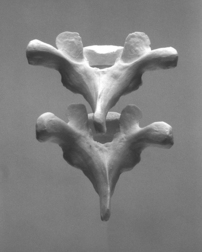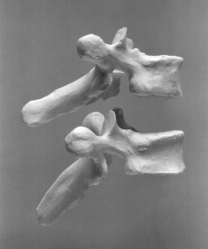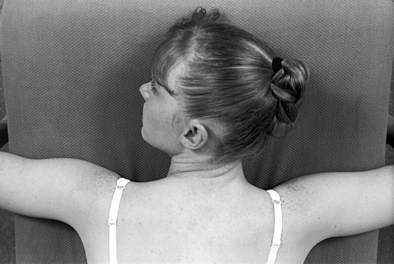8.14 Cervicothoracic spine C7–T3
Rotation gliding
Assume somatic dysfunction (S-T-A-R-T) is identified and you wish to use a rotation gliding thrust, parallel to the apophysial joint plane, to produce cavitation at the T2–3 apophysial joint (Figs 8.68, 8.69).
3 Patient positioning
Patient lying prone with the head and neck turned to the left and arms hanging over the edge of the couch or against the patient’s sides (Fig. 8.70). Introduce a small amount of sidebending to the right by gently moving the patient’s head to the right while in the rotated position. Do not introduce too much sidebending.
Stay updated, free articles. Join our Telegram channel

Full access? Get Clinical Tree















